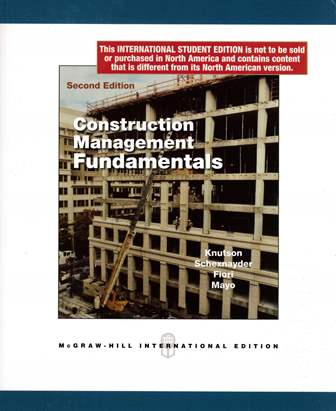書籍分類

Portfolio Construction, Management, and Protection 5/e
作者:Robert Strong
原價:NT$ 1,200
ISBN:9780324593891
版次:5
年份:2009
出版商:Cengage Learning
版次:5
年份:2009
出版商:Cengage Learning
內容介紹 本書特色 目錄
- Description
Strengthen students' knowledge and skills in traditional investments information as well as portfolio theory with the latest edition of this unique applications-oriented text. Strong'sPORTFOLIO CONSTRUCTION, MANAGEMENT, AND PROTECTION, 5E, transitions students from theory to practice with a straightforward approach that balances coverage of both the small and large investor. This edition addresses unique topics not found in other texts, such as fiduciary duty and investment policy. The book's blend of theory and applications covers the objectives of both the traditional investments course and portfolio theory course, making it an ideal solution for schools without a dedicated portfolio course. Abundant references to the CFA exam and questions drawn from the CFA exam help students prepare for future success.






